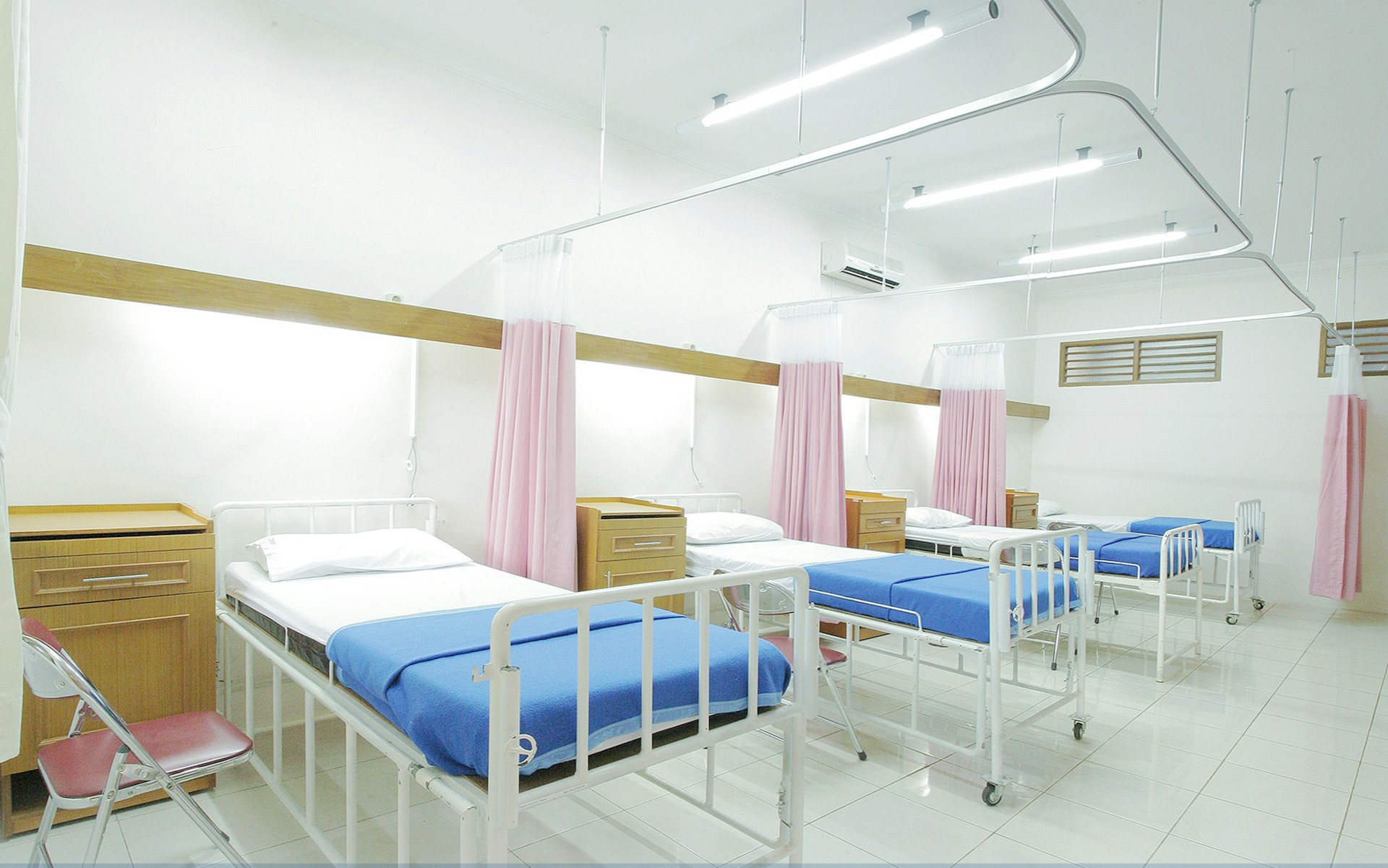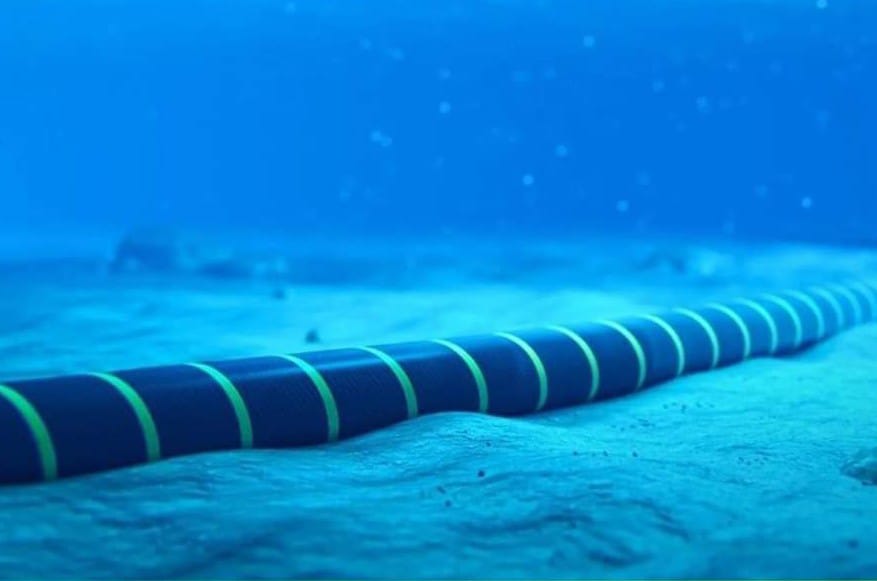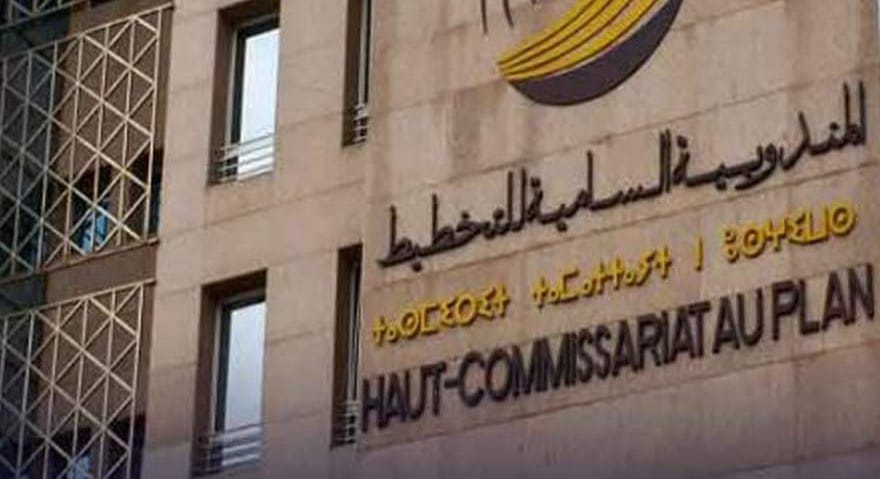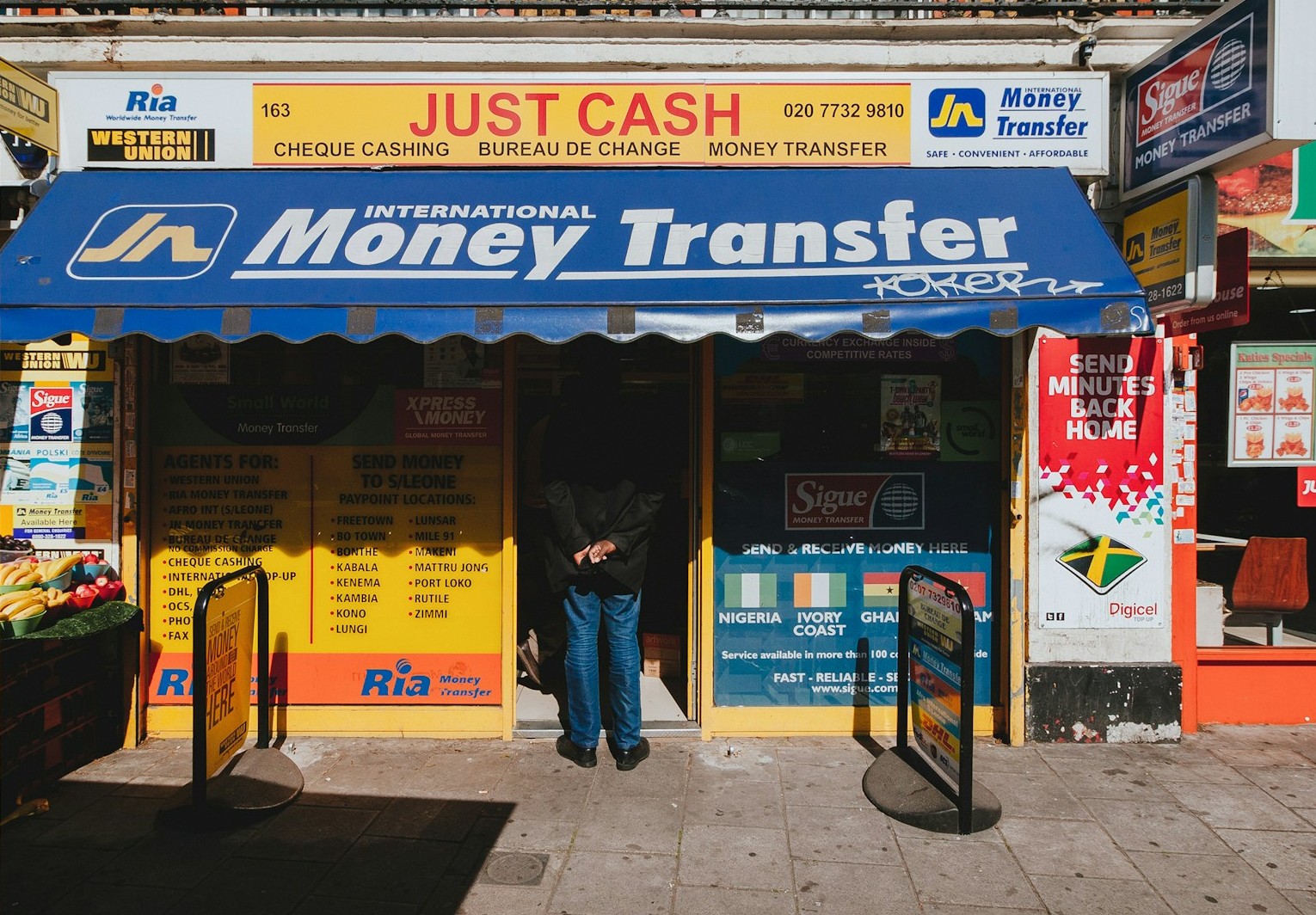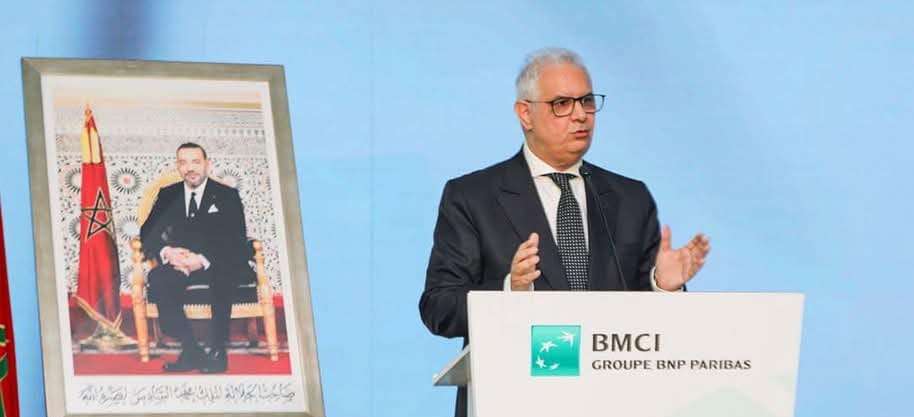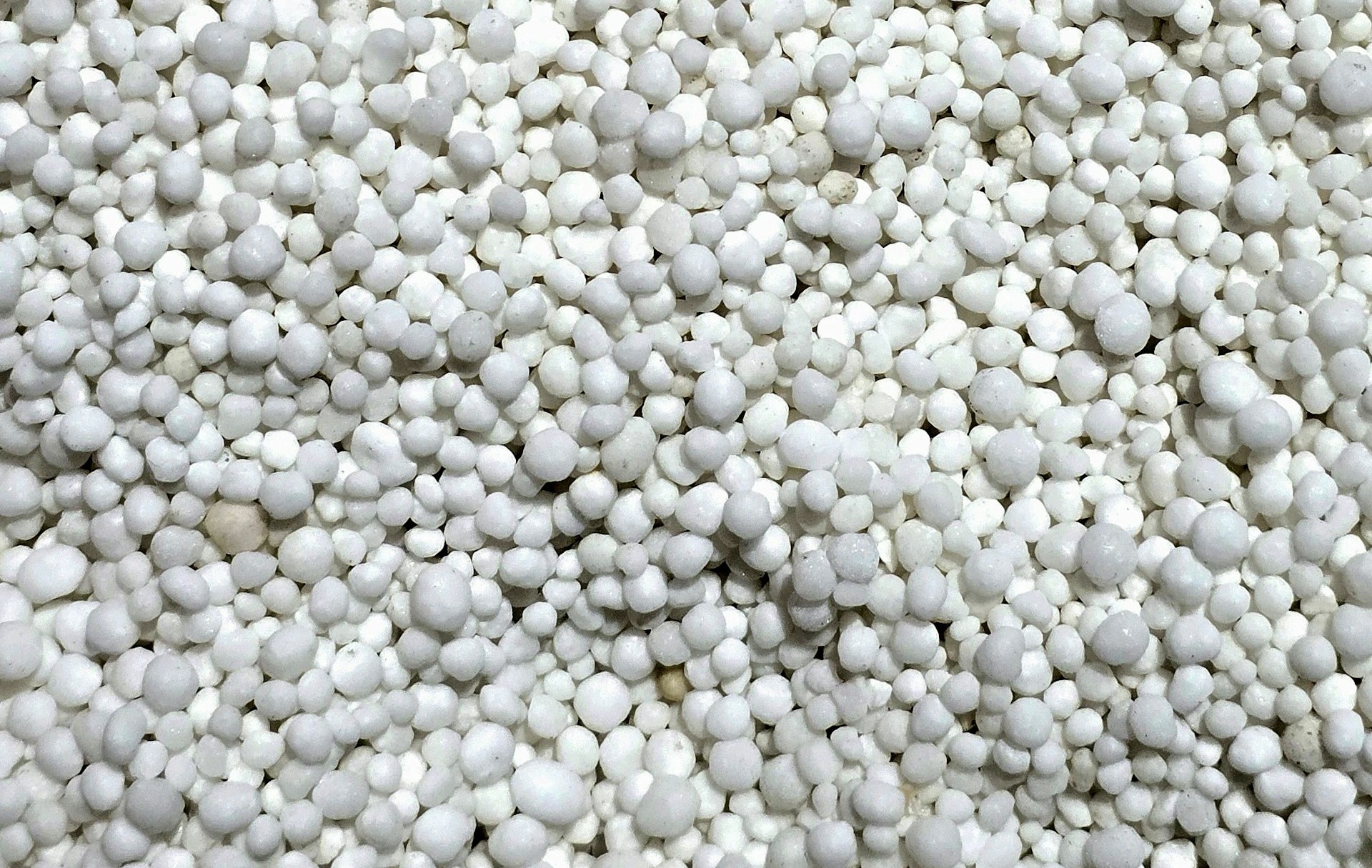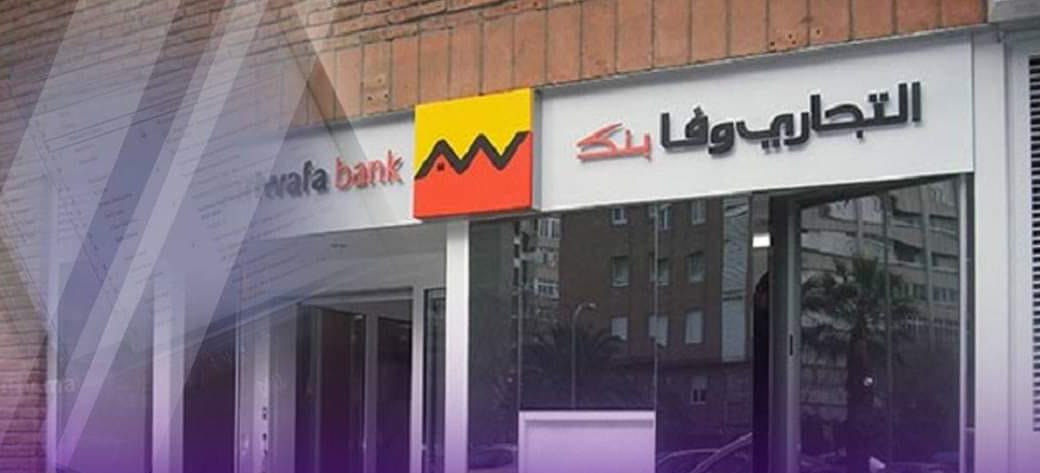Casablanca- The economic landscape in Morocco continues to evolve, recent analyses from Attijari Global Research (AGR) shed light on significant trends and indicators shaping the country’s financial outlook. With a focus on long-term demand and treasury operations, AGR’s reports offer valuable insights for investors, policymakers, and economic analysts alike.
According to AGR’s latest findings, released just two weeks before the end of January, Treasury receipts in Morocco have reached a noteworthy MAD 16.7 billion (approximately $ 1.72 billion USD). This figure surpasses the announced need for January 2024, which stood at MAD 14.3 billion (approximately$ 1.47 billion USD), marking a realization rate of 117%. These robust numbers are indicative of a buoyant economic environment, where demand for financial instruments remains strong.
AGR’s analysis also delves into the dynamics of treasury operations, particularly in response to long-term demand. The report highlights a significant downward movement in primary rates, driven by substantial demand for long-term investments. During a recent auction session, the amount raised reached MAD 7.2 billion ( about $ 0.74 billion USD), while investor demand hovered around MAD 17 billion ( approximately $1.75 billion USD), with 96% targeting long-term investments. This indicates a satisfaction rate of 42%, showcasing the appetite for long-term financial instruments among investors in Morocco.
Furthermore, AGR’s report underscores the Treasury’s proactive approach in managing its cash surpluses and treasury placements. Treasury placements in the money market averaged MAD 25 billion (approximately $ 2.58 billion USD) during the week under review, with a notable moderation in Treasury maturities compared to the previous year. This strategic approach has effectively relieved any potential pressure on primary rates during the first quarter of 2024, providing stability and confidence to the financial markets.
In addition to treasury operations, AGR’s analysis extends to the broader economic landscape, including interbank rates and foreign exchange reserves. Interbank rates remain aligned with the key rate of 3%, reflecting prudent monetary policy measures by the central bank. Meanwhile, foreign exchange reserves remain robust, with official reserve assets reaching MAD 358.9 billion (about $ 36.99 billion USD) at the end of 2023, signaling stability and resilience in Morocco’s external position.
Moreover, AGR’s report provides insights into recent trends in the bond market, with a focus on Treasury placements and liquidity management. The Treasury has significantly increased placements of its cash surpluses through repo and outright transactions, doubling placements to approximately MAD 25 billion (approximately $ 2.58 billion USD) during a recent week. This proactive approach, coupled with disciplined fiscal management, has bolstered confidence in Morocco’s financial markets, paving the way for sustained economic growth and stability.
In light of these developments, AGR’s analyses serve as valuable tools for investors and policymakers seeking to navigate Morocco’s evolving economic landscape. By providing timely insights into key economic indicators and trends, AGR contributes to informed decision-making and strategic planning, ultimately fostering economic resilience and prosperity in Morocco.
Attijari Global Research’s latest reports offer a comprehensive overview of economic trends in Morocco, highlighting robust demand for long-term investments, proactive treasury operations, and stability in financial markets. With a focus on data-driven analysis and strategic foresight, AGR continues to play a vital role in shaping the economic discourse and driving sustainable growth in Morocco.

